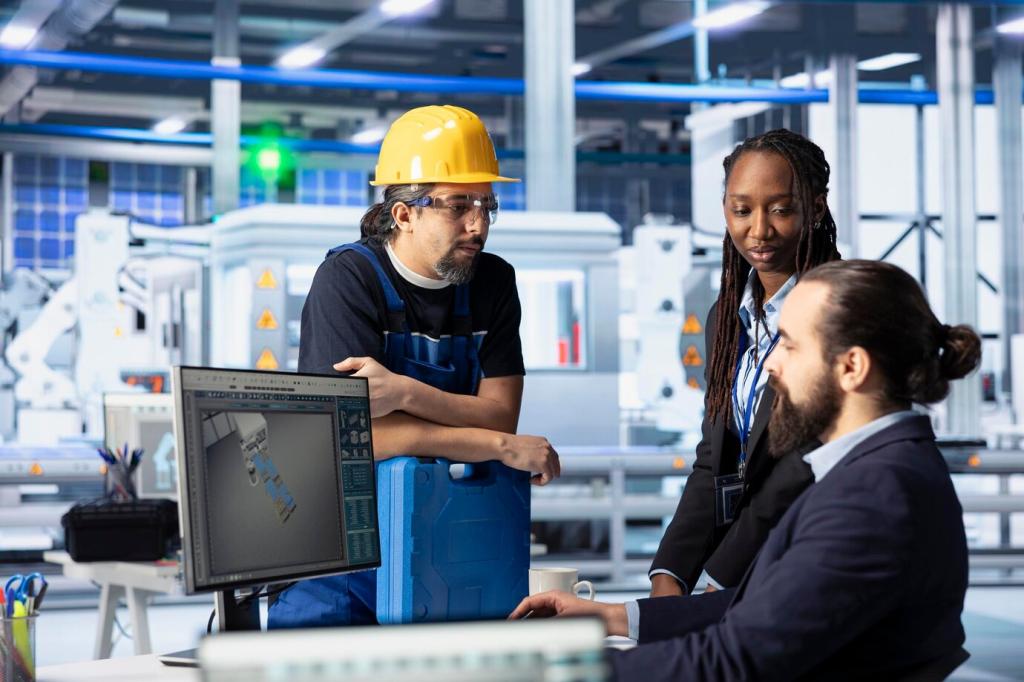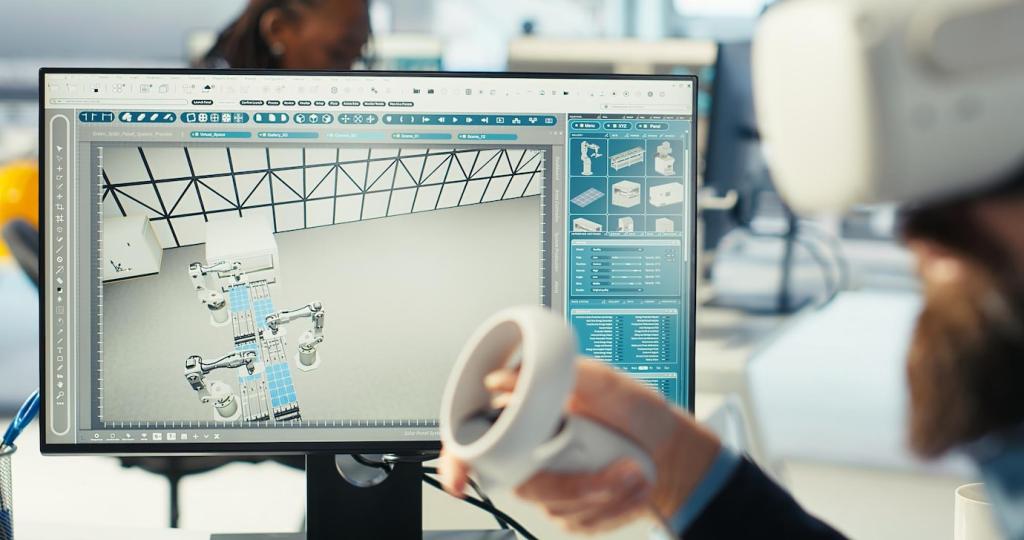Economics and Impact: Counting Carbon, Costs, and Comfort
While drilling adds upfront cost, operational savings accumulate through lower energy use and minimal fuel risk. Over a system’s decades-long life, stable bills and fewer mechanical replacements often beat conventional boilers and chillers on total cost.
Economics and Impact: Counting Carbon, Costs, and Comfort
Replacing combustion-based heating slashes on-site emissions immediately. As the grid cleans up, geothermal gets greener every year, converting cleaner electricity into efficient heating and cooling without chimneys, fuel deliveries, or localized air pollution hotspots.
Economics and Impact: Counting Carbon, Costs, and Comfort
Tax credits, utility rebates, and green loans can close funding gaps. Explore power purchase agreements for thermal energy, performance contracts, or shared borefields that let multiple buildings benefit from one intelligently planned geothermal asset.
Economics and Impact: Counting Carbon, Costs, and Comfort
Lorem ipsum dolor sit amet, consectetur adipiscing elit. Ut elit tellus, luctus nec ullamcorper mattis, pulvinar dapibus leo.









